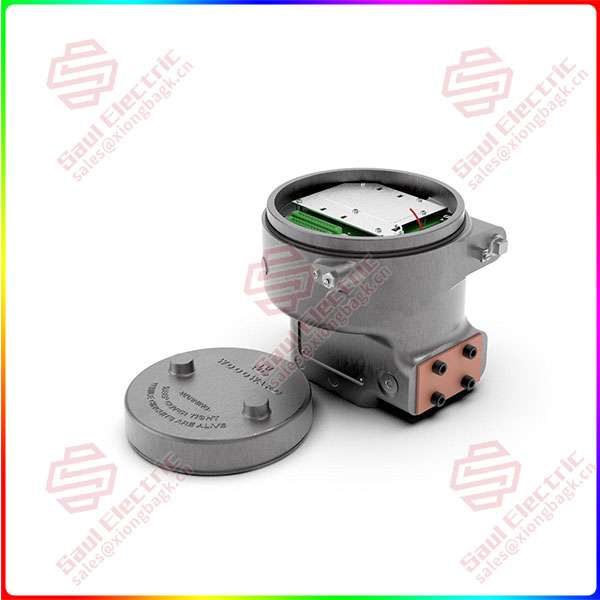Weidmuller’s pioneering u-OS automation operating system is based on open established standards such as Linux, container technology, and OPC UA, and supports application integration. As a result, u-OS is easy to scale and enables automation engineers to assemble custom web-based systems through user-friendly engineering techniques. This allows users and their customers to be independent, flexible and future-ready.
IT and OT used to be two separate fields: information technology was responsible for data systems, while operational technology included the hardware and software that controlled and managed manufacturing and processing industry systems. With the advent of Industry 4.0, the OT world has begun to converge with the IT world in recent years, but more and more boosters are entering the industry, greatly accelerating this convergence. Digitalisation, cloud and edge technologies, artificial intelligence and the Industrial Internet of Things (IIoT) are impacting operational technologies at a rapid growth rate.
“By 2025, there will be at least 40 billion iot devices in use,” says Andreas Hoffmann, vice president of Interface Automation at Weidmuller.

9907-1198
Future-proof with u-OS – an automated operating system that is easy to scale, user-friendly, and web-based
Powerful edge equipment ensures competitive advantage
This is because networking and digitization allow entire processes to be extended to the edge of the network, thereby enabling companies to gain a decisive competitive advantage: transparency and timeliness of information, a high degree of flexibility in processes, the opportunity to make forward-looking decisions, all lead to time and cost savings and, last but not least, improved process quality.
Not only will this lead to exponential growth in data volumes, IT will also shift previously centralized IT functions and decision-making processes to decentralized edge components. This in turn requires digital networking of various systems and solutions. There are many benefits, both in theory and in practice – but implementation is not easy. This is because many of the advantages that an integrated smart factory can offer in terms of flexibility, cost and energy efficiency are not available due to manufacturer-specific automation systems. Seamless compatibility with third-party systems, a prerequisite for successful solutions in the IT sector on the market today, is far from standard in OT: users often have to deal with incompatibility of proprietary solutions and expensive system maintenance and retrofitting. In recent months, many companies have also found that in the event of global supply chain disruptions, manufacturer-based solutions rarely have the opportunity to simply switch to another component manufacturer.
 1 Year Warranty
1 Year Warranty





